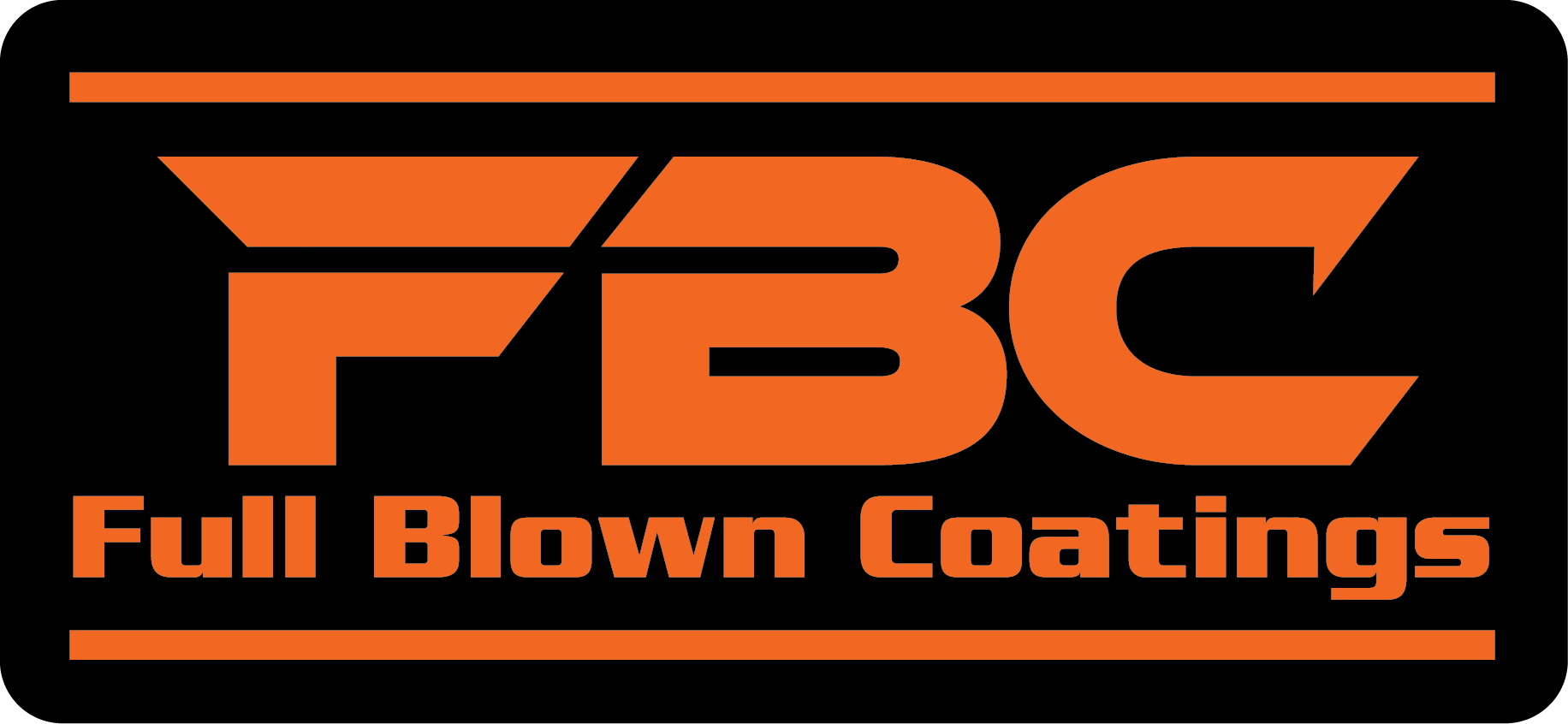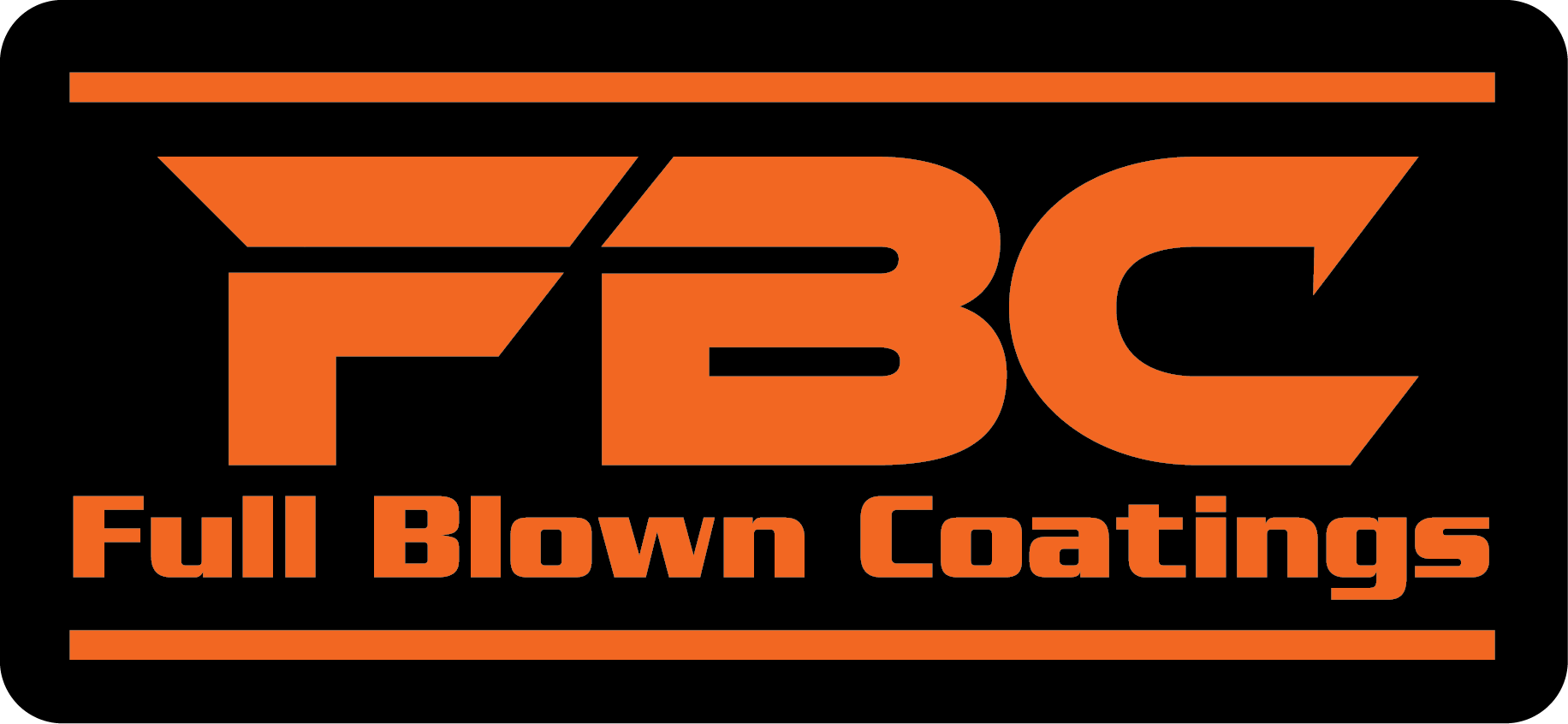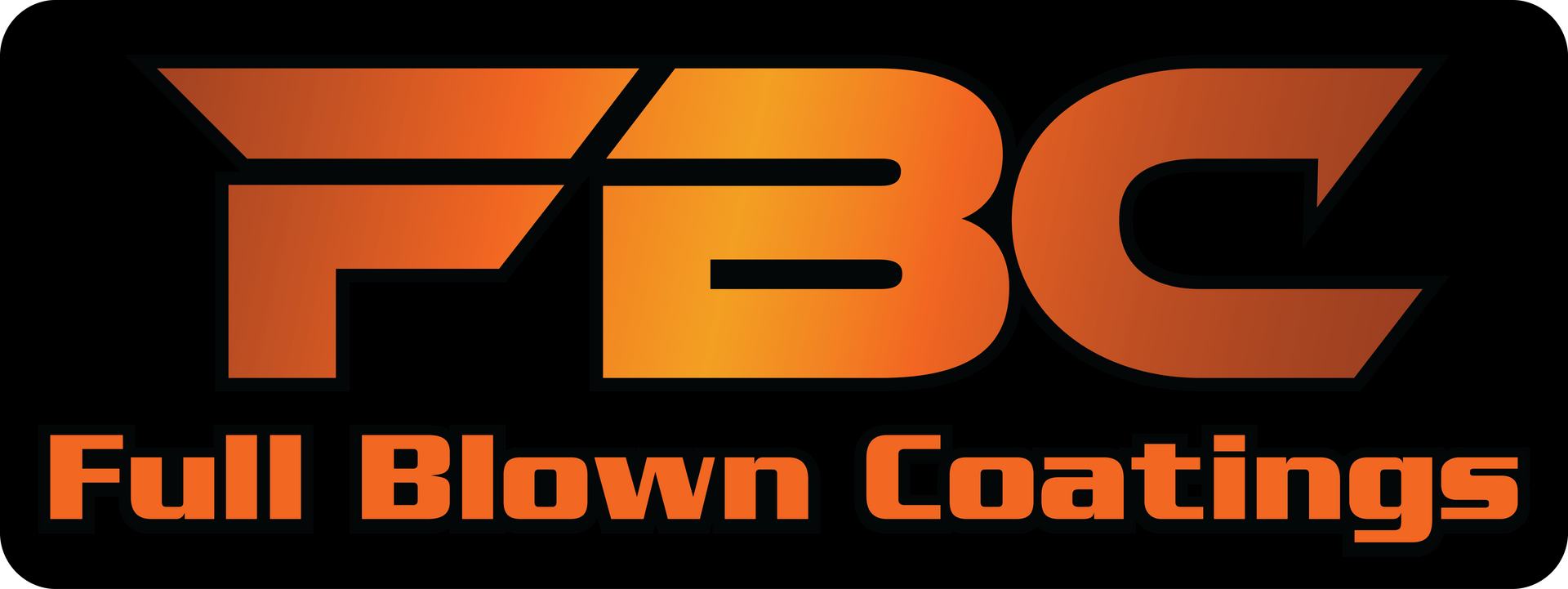Types Of Sandblasting
Blasting
Sandblasting, also known as abrasive blasting, is really a generic term that refers to the process of smoothing, shaping, and cleaning a hard surface by forcing solid particles across that surface at high speeds. The basic concept is similar to that used with sandpaper but in a more refined manner. Nature itself does its own form of sandblasting when the wind blows small particles across a surface causing what we popularly know as wind aeolian erosion.
In recent years, sandblasting technology has advanced exponentially. The mixture travels through a hand-held nozzle to direct the particles toward the surface or workpiece. The nozzles come in a variety of shapes, sizes, and materials. Boron carbide is a popular material for nozzles because it resists abrasive wear well.
Types Of Sandblasting
01
WET ABRASIVE BLASTING
This type of sandblasting utilizes water to blast surfaces. The water traps the dust produced and lubricates the surface at the same time. Experts find it a strong alternative to dry blasting. The process works well with hand cabinets, walk-in booths, automated production machinery, and total loss portable blasting units. The advantages include the ability to use extremely fine or coarse materials media with high densities such as plastic steel and the ability to use detergents and hot water for blasting. It is also widely used to remove hazardous, poisonous, and/or radioactive material such as asbestos.
02
MICRO-ABRASIVE BLASTING
This type of dry abrasive blasting process utilizes smaller nozzles (typically 0.25 mm to 1.5 mm diameter) to shoot a fine stream of particles on a small concentrated area on a larger area using high pressure. That is why it’s also called pencil blasting since the size of the particle ranges from 10 micrometers up to 150 micrometers. Higher pressures are often required. The most common micro-abrasive blasting systems are commercial bench-mounted units consisting of a power supply and mixer, exhaust hood, nozzle, and gas supply. The nozzle can be hand-held or fixture mounted for automatic operation. Either the nozzle or part can be moved in automatic operation.
03
FULL BLOWN COATING
Here at Full Blown Coatings, we inspect every part we receive before embarking on sandblasting. Our sandblasting techniques are geared to de-scale, de-bury and to emoves any oxides, old finishing, and other surface contaminants from metals. We remove anything that might hinder the powder coating process. After cleaning your parts, sandblasting also etches/scratches the surface of the item, enabling better adhesion of the powder. As the powder coat flows into the high and low points of the surface profile, it adheres to the part much better than it could if the metal was a smooth surface.


